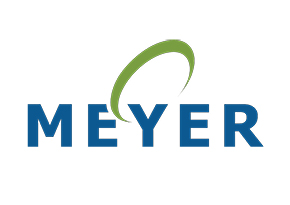21 April 2017
Updates to Timber Preservatives WIS

Changes have been made to TRADA’s Wood Information Sheet Preservative treatment for timber – a guide to specification to reflect updates to standards BS EN 335 and BS EN 350.
Suppliers need to consider the following parameters when judging the need for preservative treatment as well as the type and level of treatment required: the in-service conditions; service factors; desired service life; and the natural durability of timber species.
The first step is to understand the in-service conditions for any wood component, which provides information on exposure to wetting and decay agents.
BS EN 335 Durability of wood and wood-based products. Use classes: definitions, application to solid wood and wood-based products defines five use classes, together with the occurrence of biological agents in each use class.
The assignment of a use class to a component assumes good design and maintenance of the construction. However, it is important to consider the conditions that could arise during the service life of the component, which would result in unexpected wetting of the timber.
Timber species vary in their resistance to attack by wood destroying fungi and insects. BS EN 350 Durability of wood and wood-based products – testing and classification of the durability to biological agents of wood and wood-based materials lists many of the timbers of commercial importance in Europe and assigns them to natural durability classes against decay agents. There are five durability classes from 1 (very durable) to 5 (not durable). These classes refer to the heartwood and resistance to fungal decay.
In BS EN 350, the durability classification may be now given as a range rather than a single class (for example, a timber may be slightly durable to moderately durable), for these timbers the lower classification within this range should be used when determining the service life.
The use of creosote and timber treated with it were restricted under the REACH Regulations 1907/2006 (as amended). The use of creosote is being assessed on an ongoing basis by the Health and Safety Executive under the Biocidal Products Regulation and up-to-date information can be found on the Health and Safety Executive website (www.hse.gov.uk).
A range of specifications exist that allow for appropriate preservative treatment of timbers for specific end-uses. These include:
- NBS Z12 Preservative and Fire Retardant Treatment [8]
- BS 8417
- Commodity Specifications (C1 to C12) in WPA’s Manual: Industrial Wood Preservation.
For some specific critical uses (for example, externally exposed loadbearing timbers), preservative treaters will need to be consulted directly.
- Members can download a copy of the WIS.
- WIS are available to purchase online in PDF and hardcopy at the Bookshop.
- View our full list of Wood Information sheets.























